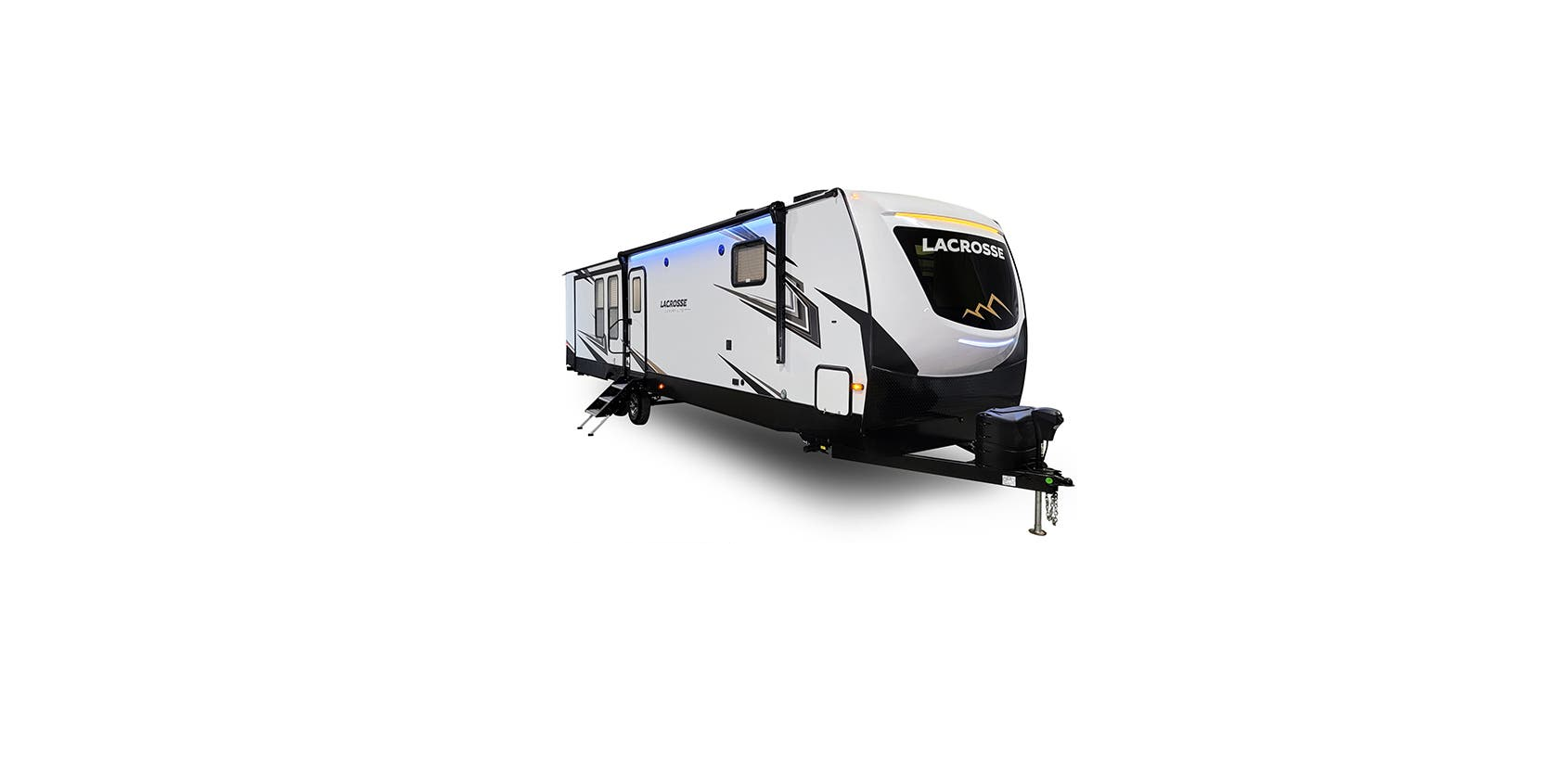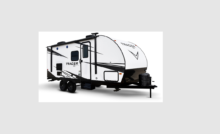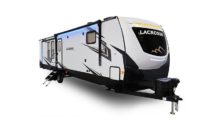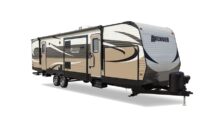2022 Prime Time RV Lacrosse Travel Trailers Prolonged Occupancy Owners Manual




2022 Prime Time RV Lacrosse Travel Trailers Prolonged Occupancy


PROLONGED OCCUPANCY
NOTICE
Your recreational vehicle was designed for recreational use and short-term occupancy. If you expect to occupy your RV for an extended period of time, be prepared to deal with condensation and the humid conditions that may be encountered.
CONDENSATION AND HUMIDITY
Condensation is the change of water from its gaseous form (water vapor) into liquid water. Just as moisture collects on the outside of a glass of cold water during humid weather, moisture can condense on the inside surfaces of your RV. This condition is increased due to the small volume of space and the airtight construction of your RV.
Condensation can infiltrate the insulation, motors, and working parts of appliances or plumbing pipes to name a few. Even though you may not see condensation, it may be inside the walls, cupboards or under the floor, so it is best to take every precaution to avoid it occurring. Generally, an area that is dark, and where moisture can accumulate, is the most likely spot for mold to grow.
It is especially important when storing your RV or if you do not anticipate using it for an extended period of time to air it out. Empty the refrigerator and freezer and dry them completely. Dry the inside of the shower and shower head.
Check for any leaks at the kitchen sink, toilet and bathroom sink. It’s also a good idea to check your RV periodically to ensure there is no condensation forming on the windows, which would indicate there is too much moisture in your RV.
If you see signs of excessive condensation, take the necessary steps to remove the moisture to prevent possible damage to the contents or the RV itself.
Below are tips to help contain humidity in your recreational vehicle:
Keep indoor humidity below 60% (ideally between 30 and 50%) relative humidity. Relative humidity can be measured with a moisture or humidity meter. The meter is a small, inexpensive ($10-$50) instrument available at most hardware stores. Some larger campground stores may also have the meters.
Consider using a small dehumidifier to help rid the RV of moisture.
Avoid allowing wet clothing to hang, creating a potential breeding ground for mold.
When showering or bathing, open the roof vents or turn on a fan to allow steam and moisture to escape. Wipe down the shower walls to prevent water evaporation.
Be sure there are no obstructions in any vents and that all vents are properly sealed. Pay particular attention to appliances that produce moisture, such as air conditioners, shower, oven vents, and clothes dryer vents.
Try using the microwave oven instead of the stovetop to boil water or soups for long periods. If you choose to use the stove to boil water or soup, open a window or a vent slightly (even in cold weather) to provide a passage for the air to flow. This will also help restrict the humidity.
Try to recirculate the air by using vent fans or small oscillating fans or your furnace fan. If condensation occurs, keep the windows clean in order to prevent the growth of mold and mildew.
Do not use a ceramic heater as it provides no air movement, which will not aid in ridding the RV of condensation.
When it rains, water may collect in the bottom of the window frame and drain out the weep holes, made for that purpose. If your RV is not level, the water may not drain out properly. This could cause water damage to the window or wall and could breed mold due to condensation.
If you have water and/or mold damage caused by sewage or other contaminated water, it is best to call in a professional who has experience cleaning living spaces damaged by contaminated water.
MOLD
Some people are sensitive to molds. For these people, molds can cause nasal stuffiness, throat irritation, coughing or wheezing, eye irritation, or skin irritation. People with mold allergies may have more severe reactions. Immunocompromised people and those with chronic lung illnesses may develop serious infections in their lungs when they are exposed to molds.
WARNING
Controlling condensation inside your RV is the best way to avoid not only mold or mildew, but dampness as well, both of which can cause damage to your RV and/or its contents. Damage caused by mold or mildew is a maintenance issue and is not warrantable. You, as the owner, are responsible for proper maintenance of your RV. Controlling humidity inside your RV will help to prevent damage which may occur due to neglect.
Recent Posts
VW Jetta Engine Fuse Box Diagram
Access the comprehensive 2010-2018 VW Jetta Passenger Fuse Box Diagram to troubleshoot electrical issues effectively.…
VW Jetta Passenger Fuse Box Diagram
Explore the comprehensive VW Jetta Passenger Fuse Box Diagram to troubleshoot electrical issues effectively. Understand…
2023 Ford F-150 Lightning Fuse Box Diagram
Under Hood Fuse Box Location Remove the front luggage compartment cover. Under Hood Fuse Box…
2022 Kawasaki NINJA H2 SX SE Brake Lever Adjuster Owner’s Manual
2022 Kawasaki NINJA H2 SX SE Brake Lever Adjuster Owner's Manual NOTICE Only adjust the front…
2023 Land Rover Range Rover Evoque Exiting The Vehicle Owners Manual
2023 Land Rover Range Rover Evoque Exiting The Vehicle SINGLE LOCKING WARNING Before exiting the…
2023 Land Rover Range Rover Evoque Front Seats Owners Manual
2023 Land Rover Range Rover Evoque Front Seats FRONT SEAT SAFETY Make sure to read…


